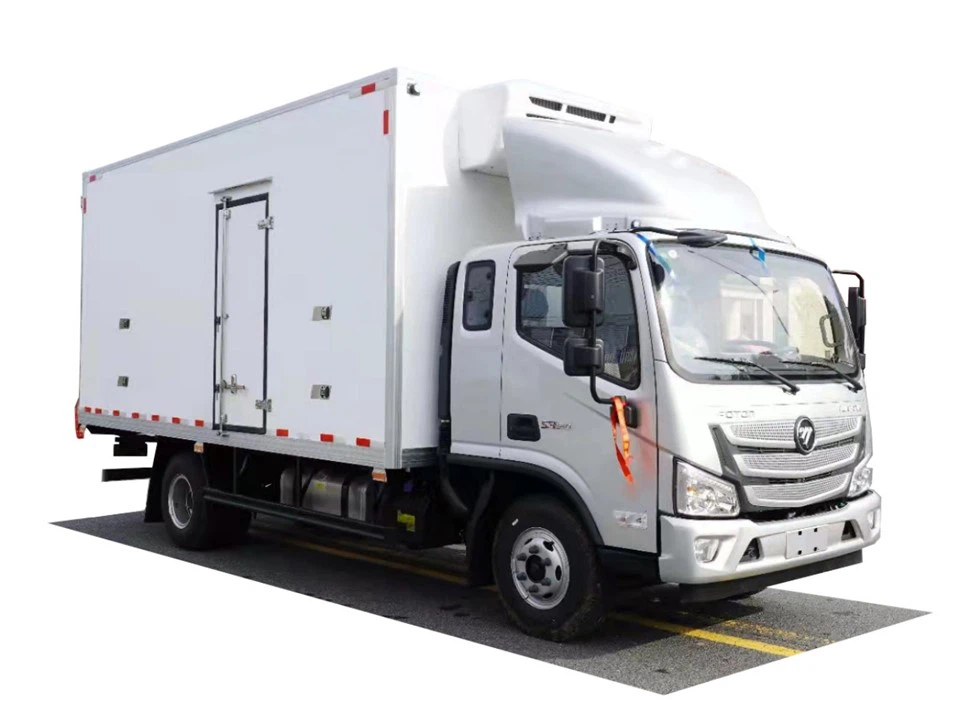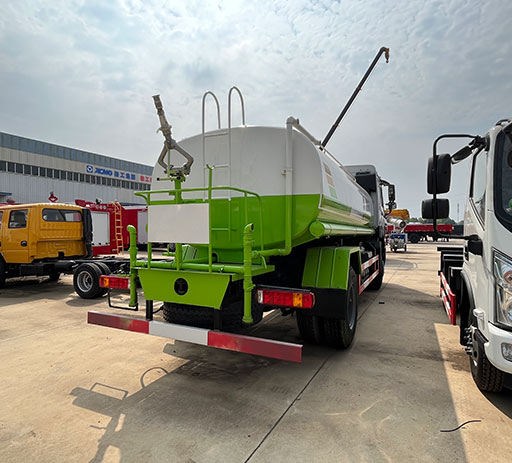Understanding 18 Wheeler Tankers: The Essential Guide

Introduction
The world of logistics is vast, and one of its most crucial components is the transportation of liquids. The 18 wheeler tanker is a vital vehicle in this realm, designed specifically to carry liquid commodities over long distances. Whether it’s fuel, chemicals, or food products, these massive trucks are essential for ensuring that goods move efficiently. In this comprehensive guide, we will explore various aspects of 18 wheeler tankers, from their design and operation to safety measures and regulations. We’ll also discuss practical tips for drivers and logistics managers, along with frequently asked questions to help demystify this important vehicle type.
The Basics of 18 Wheeler Tankers
What is an 18 Wheeler Tanker?
An 18 wheeler tanker is a type of truck composed of a tractor unit and a trailer dedicated to transporting liquids. It gets its name from the total count of wheels, which is 18 (typically 10 on the tractor and 8 on the trailer). These tankers can carry vast volumes of liquid, sometimes exceeding 9,000 gallons, depending on the configuration and purpose.
Types of Liquids Transported
- Fuel Tankers: Transport gasoline, diesel, and other petroleum products.
- Chemical Tankers: Carry hazardous chemicals and materials.
- Food Grade Tankers: Used for transporting beverages, oils, and other food products.
Design and Structure of 18 Wheeler Tankers
Trailer Types
There are several designs of tanker trailers, each suited for specific types of liquids:
- Bulk Tankers: Designed to carry bulk liquids.
- Compartment Tankers: Have multiple compartments to transport different liquids without contamination.
- Cylindrical Tankers: Commonly used due to their ability to withstand internal pressure and maintain structural integrity.
Materials Used
Tankers can be made from a variety of materials, including:
- Aluminum: Lightweight and resistant to corrosion, often used for fuel tankers.
- Stainless Steel: Ideal for food-grade tankers due to its non-reactive nature.
- Carbon Steel: Commonly used for general transport but may require additional coatings for specific cargoes.
Operational Aspects of 18 Wheeler Tankers
Loading and Unloading Procedures
Loading and unloading are critical steps in the operation of 18 wheeler tankers. Proper procedures include:

- Using correct hoses and fittings for the liquid type.
- Employing safety bumps and materials to prevent spills.
- Conducting inspections before, during, and after loading.
Driver Training and Qualifications
Driving an 18 wheeler tanker requires specialized training due to the challenges involved in handling hazardous materials. Drivers must:
- Possess a Commercial Driver’s License (CDL) with a tanker endorsement.
- Complete specialized training on the safe transport of hazardous materials.
- Understand the dynamics of tank sloshing and how to manage it while driving.
Safety Measures and Regulations
Safety Standards
Safety is paramount when operating an 18 wheeler tanker. Key safety measures include:
- Regular inspections and maintenance of vehicles.
- Properly securing loads to prevent shifting during transport.
- Equipping tankers with safety valves and emergency shut-off systems.
Regulations Governing Tanker Operations
Various regulations govern the operation of 18 wheeler tankers, including:
- Department of Transportation (DOT): Establishes guidelines for transportation and safety.
- Environmental Protection Agency (EPA): Ensures that hazardous materials are transported without risk to the environment.
- Federal Motor Carrier Safety Administration (FMCSA): Mandates driver qualifications and hours of service regulations.
Environmental Considerations
Impact of Tanker Operations
While 18 wheeler tankers are vital for transporting goods, they also have environmental impacts. These include:
- Potential for spills and leaks during transport.
- Emissions from diesel engines contributing to air pollution.
- Noise pollution from the operation of large vehicles.
Green Alternatives and Innovations

To mitigate environmental issues, the industry is exploring several green alternatives:
- Adoption of electric and hybrid tankers to reduce emissions.
- Incorporation of biofuels into transportation operations.
- Development of spill-proof technology to minimize risks during transport.
Practical Tips for Drivers
Driving Techniques
Operating an 18 wheeler tanker requires careful driving techniques:
- Keep a safe distance from other vehicles to account for longer stopping distances.
- Be aware of the load’s movement, as liquid cargo can shift, affecting vehicle stability.
- Avoid abrupt maneuvers to prevent loss of control.
Pre-Trip Inspections
Before setting out on a trip, drivers should conduct thorough inspections, including:
- Tires for proper inflation and wear.
- Brakes and lighting systems for functionality.
- Seals and hoses for leaks, especially in chemical tankers.
Logistics and Management of Tanker Operations
Route Planning
Effective route planning is crucial for timely deliveries. Factors to consider include:
- Traffic patterns and road conditions that could impact travel time.
- Regulations regarding routes for hazardous materials.
- Availability of refueling stations along the route.
Inventory Management
Efficient inventory management practices ensure timely deliveries and minimize waste:
- Using software to track supply levels and deliveries.
- Establishing a relationship with suppliers for timely reordering.
- Incorporating data analytics to optimize delivery schedules.
Cost Considerations
Operational Costs of 18 Wheeler Tankers
Understanding the costs associated with operating 18 wheeler tankers is crucial for logistics managers. Key costs include:
| Cost Category | Details |
|---|---|
| Fuel | Diesel costs, dependent on market prices and fuel efficiency. |
| Maintenance | Regular servicing, parts replacement, and repairs. |
| Insurance | Coverage for the vehicle and liability insurance. |
| Driver Salaries | Wages, benefits, and training for qualified drivers. |
How to Reduce Costs
Cost management strategies for operations include:
- Implementing fuel-efficient driving practices.
- Regular maintenance to avoid major repairs.
- Using route optimization software to minimize travel distances.
Frequently Asked Questions (FAQs)
1. What is the maximum weight an 18 wheeler tanker can carry?
The maximum weight varies by regulations, but typically ranges between 80,000 to 100,000 pounds including the weight of the truck and the cargo.
2. What types of liquids require specialized tankers?
Hazardous materials such as chemicals, propane, and fuel oils require specialized tankers designed to handle their unique properties safely.
3. How often should 18 wheeler tankers undergo maintenance?
Regular maintenance should be scheduled every 5,000 to 10,000 miles, with additional checks before long trips and after heavy use.
4. Are there specific routes for tankers carrying hazardous materials?
Yes, many jurisdictions require tankers to follow specific routes designed to minimize risks to populated areas and the environment.

5. How can drivers prevent accidents involving tankers?
Drivers can prevent accidents by adhering to speed limits, practicing defensive driving, and ensuring their load is properly secured and distributed.
6. What certifications do drivers need to operate an 18 wheeler tanker?
Drivers must have a Commercial Driver’s License (CDL) with a tanker endorsement and may need additional certifications for transporting hazardous materials.
